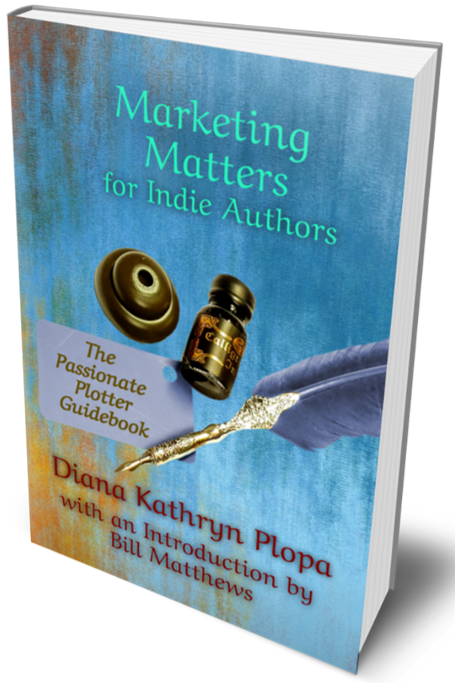|
A little while ago, I saw a post in an online networking group defining the term Brand. The writer supplied a bullet list of things that are not a business' Brand. Included were such things as a logo, business cards, YouTube videos, and blog posts. The writer explained that these things are ancillary and not at the heart of branding. They continued to explain that instead, a business’ Brand was defined as the connection between themselves and the customer or client. They refuted the expense of time and money on the other items, declaring them insignificant, and wasted effort. I noodled this around in my head for about a week and considered the question from several angles. I've been active in various networking groups (in-person and online) for over ten years. As a result, I've been attentive to how branding is used across many different industries. So, after considering this writer's point of view and my own experience, I came to this understanding: Perhaps the writer mentioned above overlooks the impact of having both a Brand and a Reputation. The first is meant as a marketing tool to provide comfort and accessibility for prospects. The second instills confidence and security inside an interaction that fosters loyalty and endorsements across years, and we would hope, decades. As with speaking and listening, I believe that we should never focus on one without the other. This is especially true for Independent Authors as they grow their writing careers. Speaking to readers with business cards, websites, YouTube videos, Amazon advertising, podcasts, and other marketing outreach is vital toward expanding the opportunity for discovery. Using these tools requires a fundamental understanding of message presentation and emotional aesthetics. A solid branding practice shares an author's "novel" approach to their iteration of a genre. Physical takeaways or digital evergreen content allows readers to see that our books are interesting, enduring, disarming, and desirable. Branding acts as a gateway for the reader to access the author, coming closer with a warm invitation. Branding is the coy smile shared between an author and a reader across a crowded room. Branding teases a love affair that will evolve in intensity over time. Listening to readers is an entirely different set of practiced skills. The author's Reputation creates a safe space where the reader feels comfortable in the author's vulnerability as they share their imagination. It is the connectivity an author initiates with genuine interest as they engage in conversation at a festival or signing event. Always attentive, interested, and accessible to the reader; eager to hear their impressions of the work and how a reader was touched. Reputation is about building relationships, risking rejection, and delivering on promises made on the page and in person. Listening to readers and learning what they desire most through authentic connection is how authors pave the way for readers to develop a deep devotion to their books and encourage referrals to other readers. Branding is the overture to the symphony of your writing career. Reputation is the intellectual and emotional connections authors establish in a safe space, directly with a reader's heart and soul. Branding and Reputation are intrinsically intertwined. An author cannot expect to reach readers without first extending an invitation, nor can they expect to maintain their Reputation without the emotional attention all relationships expect and require. So, build book trailers, pass out rack cards, and design enticing table displays. But don't neglect the personal interaction between you and your reader. Respond to their conversations at festivals, interact with them on social media, and thank them for their honest reviews, regardless of whether that review was good, bad, or indifferent. Each relationship you invite and maintain will help encourage a footbridge of referrals to your future work. Reflection Prompt Building relationships with readers is paramount to building a solid, long-lasting career. But remember, that first introduction, more times than not, will be based on a tangible or visual exposure, rather than your witty repartee. Use this space to brainstorm first on the visuals that you can use to invite your readers to discover your work, and then expand each idea to include how you might be able to build that initial connection into a lasting relationship with your reader.
0 Comments
Leave a Reply. |
WelcomeYou'll find some interesting stuff here... some Op Eds, some Information, Book Reviews, and More. Poke around the categories and see what ruffles your feathers... in a good way! Archives
July 2024
Categories
All
|

 RSS Feed
RSS Feed